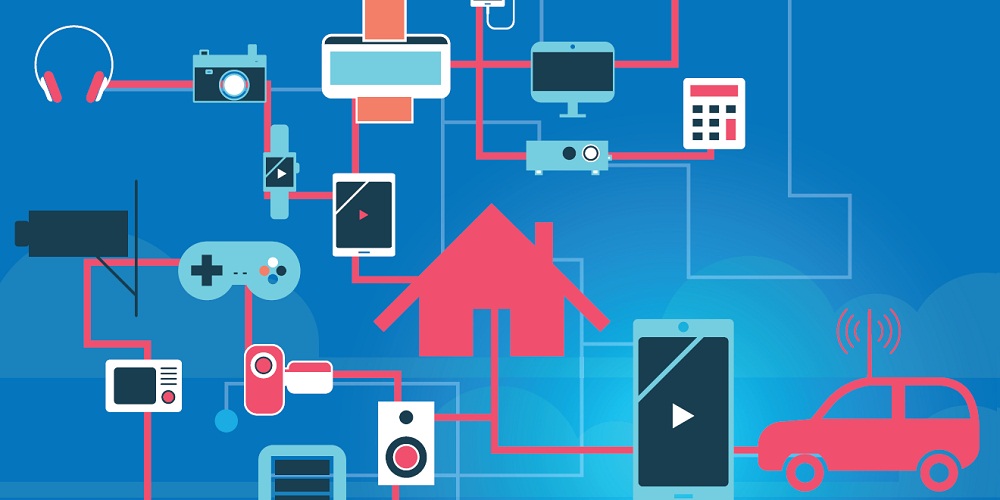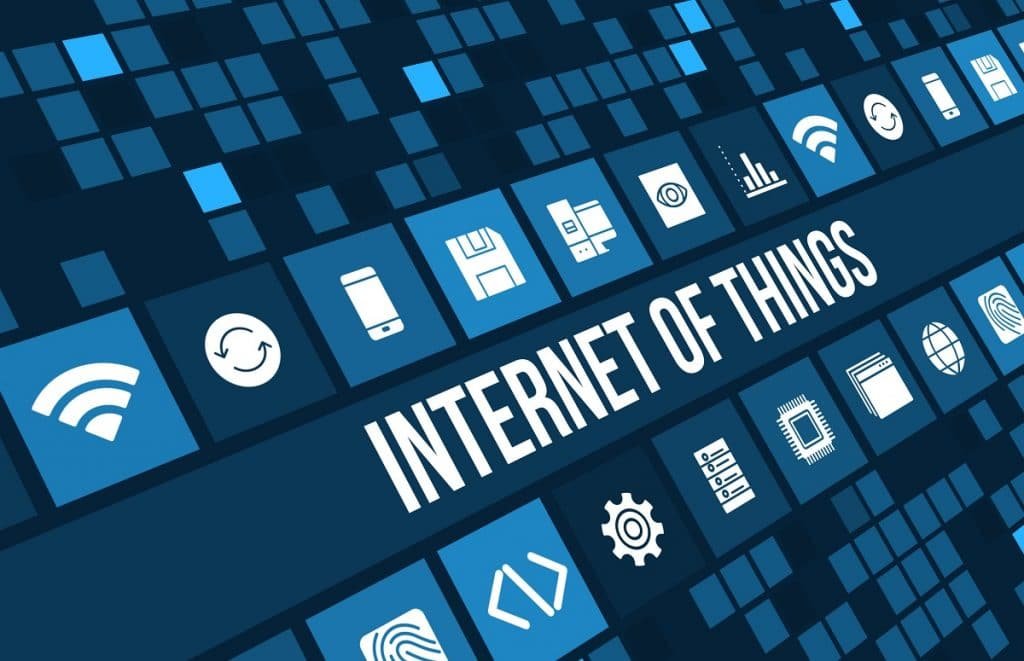In recent time, many transformations have been seen into the Internet of Things. Every business is investing in the IoT and this helps them in implementing IoT solutions that are driving the bottom line. Companies are driving IoT transformation. More wearable devices and gadgets certainly hold a large share of the market. Yet experts are expecting that more than 80% of IoT spend through 2020 will be on use cases and B2B applications.
Year 2017 will be an ideal period for IoT as it will grow. IoT is still in its infancy when it comes to deployments and dollars. 2017 must become the year where app development companies will focus on real deployment and monetization of Internet of Things systems, including both hardware and software.
A lot of “platform” and hardware vendors are trying to gain clients in the market. Small platform providers will either get invisible with time or get overtaken by “bigger fish”. Hardware will continue to evolve, but companies that only offer single or narrower solutions will lose their existence.
What You Can Expect For IoT in 2017?
There are top trends of Internet of Things in 2017 that we will talk about in this post.
#1. APIs
Application Programming Interfaces (APIs) and a great strategy around APIs is becoming significant to enterprises tapping into the IoT. Application Programming Interfaces act as a bridge that helps in connecting useful information and bulk data to the IoT.
APIs make the IoT useful for developers by connecting several distinct things into a powerful network that provides great possibilities.
There would be no use of IoT devices without APIs. APIs offer an edge between the Internet and the things to determine possibilities that are invisible to the eyes.
#2. Security

Since users depend on connected devices to initiate better living with convenience, security must be at priority. All participants in the IoT ecosystem have to secure the devices, data and solutions. This implies that device manufacturers, consumers, application developers, integrators, operators, and enterprise businesses all have their duties to follow best practices.
A multi-layered approach is needed by IoT security. When we talk about device, IoT security should be considered at the blueprint level that begins with design and development and keeps software/firmware, data, and hardware secure through their life. This same approach is used by security analyzing teams or operations teams that are responsible for IoT solutions.
It is necessary to address security challenges to enable the complete potential of IoT and this can be done through a combination of interoperability, good design and education. Developers need to take proactive approach for intending security features which will bring out the best solutions and products for the clients.
#3. Platforms
New vendors are making noise and trying to push alike solutions. IoT platforms got mass attention previous year. Platforms with right elements have potential to bring tremendous value by connecting the IoT endpoints to the applications and analytics required to create business outcomes.
An IoT platform must be able to connect devices, collect data, handle numerous vendors and standards, and scale to millions of devices sending billions of messages. In order provide true value beyond the basics, the platform must add security, cognitive, insight generation, privacy, and close loop automation features. This is how the IoT platform will be able to transform a business into digital.
#4. Smart life
Smart cities will value safety, convenience, and potential cost savings. It will include smart lighting, transportation, parking, smart meters and on-demand trash pickup.
Smart home technology will become more secure, smarter and easier to handle.

#5. Blockchain
Blockchain has a critical space in the IoT as it enhances security, creates efficiencies in supply chain, and making transactions more seamless.
Experts expect that in 2017, companies will leverage blockchain in 3 key ways-
- Build Trust – Blockchain can assist build trust between the parties and people that do business together. IoT blockchain allows devices to take part in blockchain transactions as a trusted party.
- Lower Costs – Blockchain and IoT can allow participants to lower monetary and time commitment costs by eliminating the need of the middle man from the process. Device data and transactions are now exhibited on a peer to peer basis, eliminating most contractual costs.
- More Transactions – Blockchain and IoT accelerate transactions overall as there is no middle man in the process. Smart contracts enable companies to reduce time required for completing legal/ contractual commitments.
It is clear that Blockchain and IoT can make a lot of difference to the business transactions and automate and encode business transactions while preserving enterprise level security and privacy for all parties in the transaction.
IoT allows entities to connect to and handle their IoT devices including manufacturing, energy, transportation, agriculture, and more. The main goal of IoT deployment is to gather data.
This will bring next level of complexity for IT leaders to handle and support within the enterprise. Moreover, they can increase their security requirements. The back-up devices need further support related to usage and connectivity with wireless carriers.
Enterprise mobility is more than just services and devices. What is new ahead in terms of mobile data networks? Mobile data networks will become significant for stationary devices. With IoT, we often mean connecting devices that are beyond the reach of a WLAN and are not on the LAN.
There is now extra level of support needed for end users if the device demands a cellular connection.



5